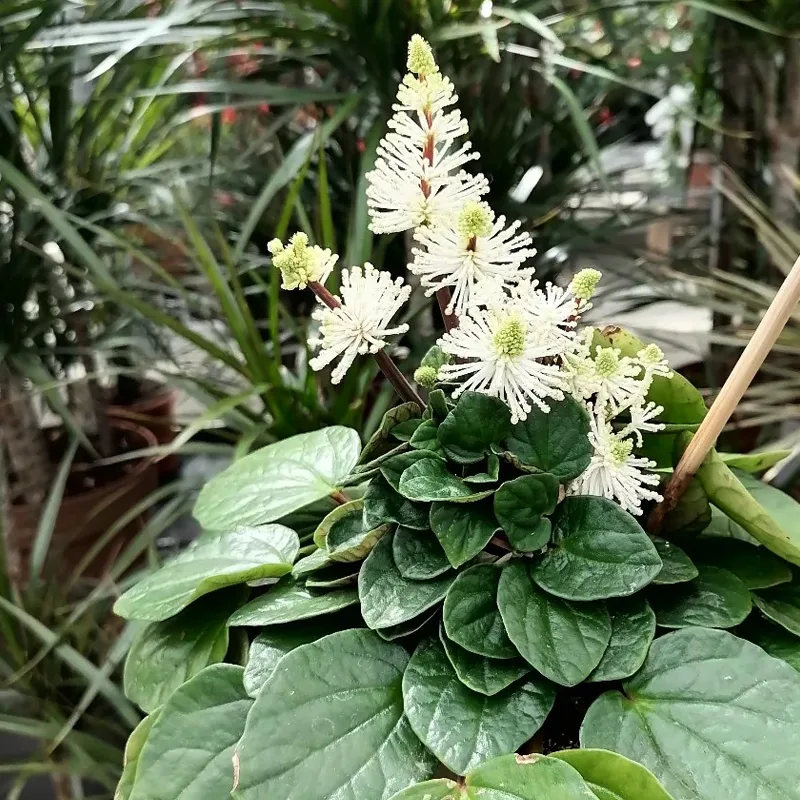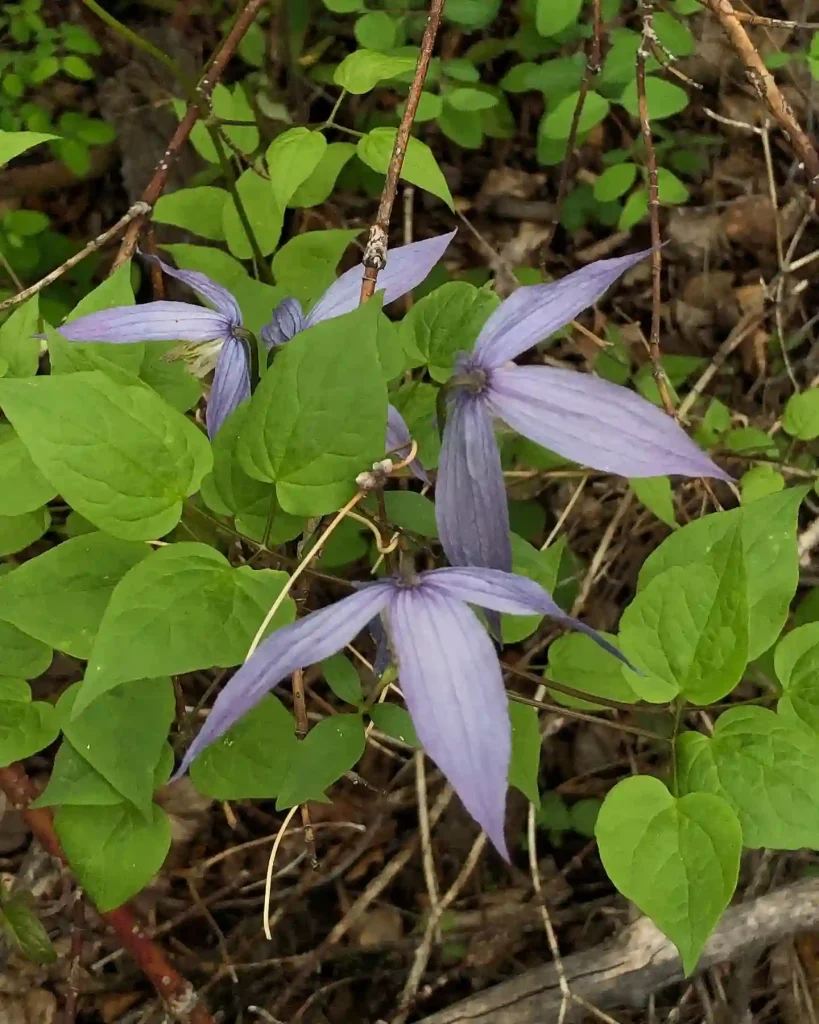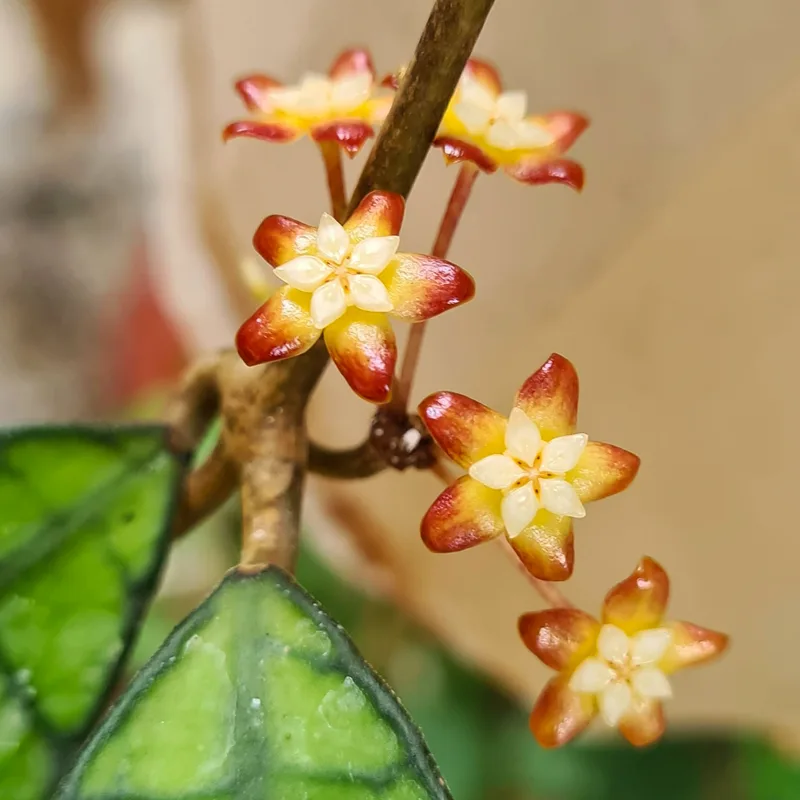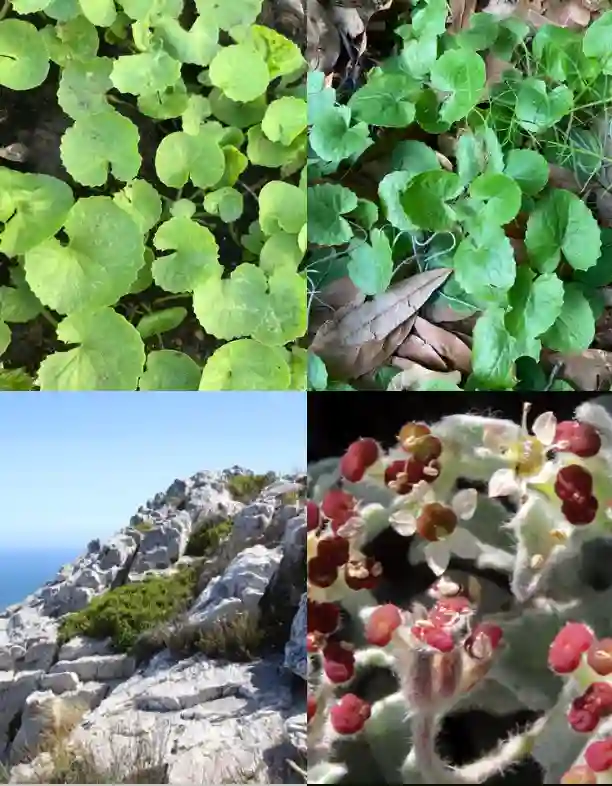When I first encountered Eriogonum x Blissianum, I was captivated by its unique appearance and versatility in the garden. This hybrid, often referred to as Eriogonum Blissianum, combines the best traits of its parent species, making it a standout choice for those seeking a low-maintenance yet visually striking plant. Over time, I’ve come to appreciate not only its beauty but also the many questions gardeners have about it. So, I’ve decided to compile some frequently asked questions (FAQs) to help others understand and care for this remarkable plant.
258 Species in Genus Eriogonum
What Is Eriogonum x Blissianum?
Eriogonum x Blissianum, commonly known as Eriogonum Blissianum, is a hybrid of the wild buckwheat family, Eriogonum. It’s a cross between two native Californian species, blending their hardiness, drought tolerance, and stunning floral displays. This perennial plant is known for its low-growing, mat-forming habit, making it an excellent ground cover or border plant. The clusters of small, delicate flowers range from pale pink to deep rose, blooming in late spring through summer, attracting pollinators like bees and butterflies.
How Do I Care for Eriogonum x Blissianum?
Caring for Eriogonum x Blissianum is straightforward, making it a perfect choice for both novice and experienced gardeners. Here are the essential care tips:
- Sunlight: Eriogonum x Blissianum thrives in full sun. It requires at least 6 hours of direct sunlight daily to produce abundant blooms and maintain its compact form.
- Soil: Well-drained soil is crucial. This plant prefers sandy or gravelly soil, mimicking its native habitat. If your garden soil is heavy or clay-like, consider amending it with sand or planting Eriogonum x Blissianum in raised beds or rock gardens.
- Watering: One of the most appealing traits of Eriogonum x Blissianum is its drought tolerance. Once established, it requires minimal watering. I water mine deeply once every two weeks during the growing season and even less frequently in the winter.
- Pruning: Pruning isn’t necessary, but trimming back spent flowers can encourage a tidier appearance and potentially extend the blooming period.
- Fertilization: Eriogonum x Blissianum doesn’t need much fertilization. In fact, too much fertilizer can lead to leggy growth. A light application of a balanced, slow-release fertilizer in the spring should suffice.
How Do I Propagate Eriogonum x Blissianum?
Propagating Eriogonum x Blissianum can be done through seed, division, or cuttings. I’ve had the most success with division, which allows me to create new plants while maintaining the health of the parent plant.
- Division: In early spring or fall, dig up the plant carefully, ensuring you don’t damage the root system. Divide the plant into smaller sections, each with its own root ball, and replant them in their new location.
- Cuttings: Taking cuttings in late spring or early summer is another effective method. Select a healthy stem, cut a 4-6 inch piece, remove the lower leaves, and place it in a well-draining potting mix. Keep the soil moist but not waterlogged until roots develop.
- Seed: While growing Eriogonum x Blissianum from seed is possible, it requires more patience. Sow the seeds in a well-draining mix in late fall, and be prepared to wait until the following spring for germination.
What Plants Pair Well with Eriogonum x Blissianum?
Pairing Eriogonum x Blissianum with complementary plants can enhance its beauty and create a cohesive garden design. I’ve found that it pairs beautifully with other drought-tolerant species like:
- Lavender: The soft, silvery foliage of lavender contrasts nicely with the green or gray-green leaves of Eriogonum x Blissianum. Both plants thrive in similar conditions, making them easy companions.
- Salvia: Salvia’s vibrant flowers add a pop of color to the garden, and its upright growth habit complements the low-growing Eriogonum x Blissianum.
- Agave: For a more dramatic look, pair Eriogonum x Blissianum with Agave species. The bold, architectural form of Agave contrasts beautifully with the delicate blooms of Eriogonum Blissianum.
What Are the Benefits of Growing Eriogonum x Blissianum?
Growing Eriogonum x Blissianum offers numerous benefits. It’s an excellent choice for xeriscaping, helping to conserve water in arid regions. Its long blooming season and ability to attract pollinators make it a valuable addition to any garden focused on supporting local wildlife. Additionally, its low-maintenance nature means you can enjoy its beauty without a lot of effort.
How Do I Handle Common Issues with Eriogonum x Blissianum?
While Eriogonum x Blissianum is relatively trouble-free, it can face a few challenges:
- Pests: Aphids and spider mites are the most common pests. I keep an eye out for these by regularly inspecting the underside of leaves and using insecticidal soap if needed.
- Disease: Root rot can be an issue if the soil doesn’t drain well. To prevent this, ensure the plant is in well-draining soil and avoid overwatering.
- Leggy Growth: If Eriogonum x Blissianum starts to look leggy, it may not be getting enough sunlight. Moving it to a sunnier location should solve this problem.
Conclusion
Eriogonum x Blissianum has become one of my go-to plants for adding texture, color, and resilience to the garden. Whether you’re looking to create a water-wise landscape or simply want a beautiful, low-maintenance plant, Eriogonum Blissianum is worth considering. Its ease of care, versatility, and ability to thrive in challenging conditions make it a favorite of mine, and I’m sure it will become a favorite of yours too.
If i die, water my plants!



